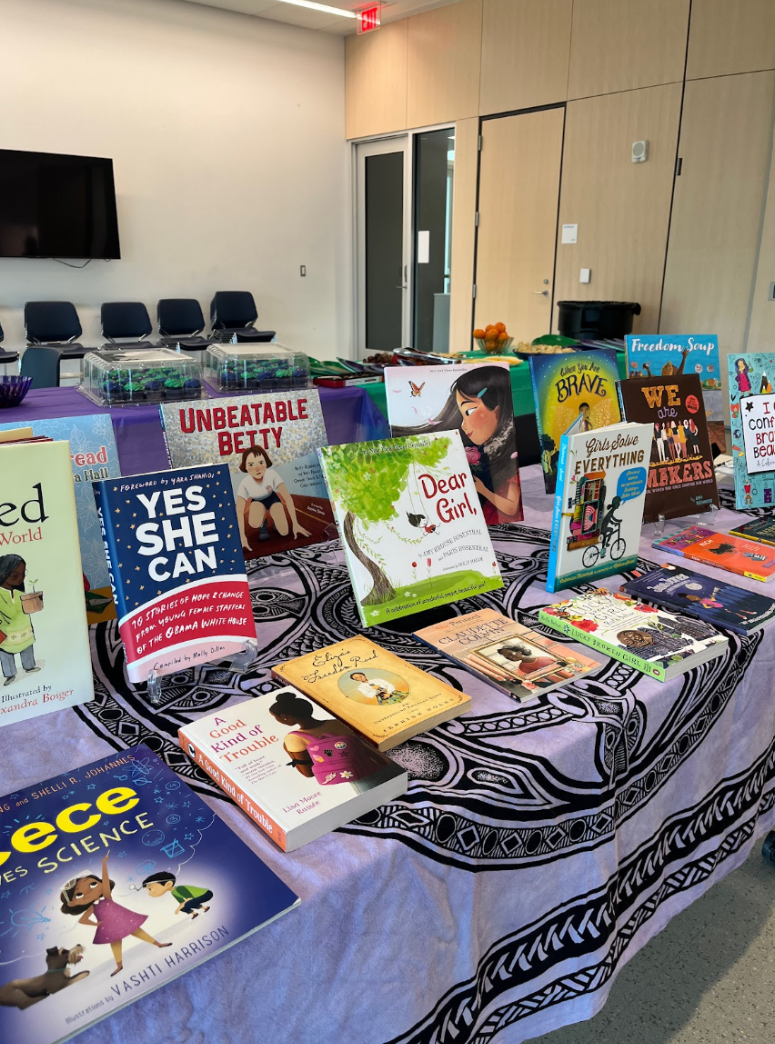
Sinners, directed by Ryan Coogler (Black Panther and Creed), is already being called one of the defining films of the decade — and after seeing it, it’s easy to understand why. Sinners feels less like a typical release and more like an event, with a 98% Rotten Tomatoes score, the biggest opening for any original film this decade, and a rare ‘A’ CinemaScore for a horror movie. It’s the kind of ambitious, electric filmmaking that reminds you why you go to the movies in the first place, especially at a time when Hollywood seems more focused on recycling nostalgia than creating something new.
Set in 1930s Mississippi, Sinners follows twin brothers, Smoke and Stack (both played by Michael B. Jordan), as they return to their hometown from Chicago in hopes of starting over after troubled pasts. But their homecoming brings up long-buried secrets and awakens something sinister lurking beneath the surface. Parallel to their story is the journey of Sammie Moore (Miles Caton), a preacher’s son struggling to find his voice and place within the rich, rebellious art of blues music. Rather than following a single protagonist, Coogler intricately weaves together these characters’ lives, creating a story that’s part coming-of-age, part supernatural thriller and entirely human at its core.
Jordan delivers one of his finest performances yet, fully embodying the physical and emotional differences between Smoke and Stack. It never feels like a gimmick because you genuinely believe you’re watching two separate people, even when they share the screen. Meanwhile, newcomer Caton is a delightful surprise as Sammie Moore. In his first major role, he brings a vulnerability that carries the film’s emotional weight. The supporting cast also shines, with standout moments from Hailee Steinfeld and Wunmi Mosaku, whose carefully crafted dialect work and nuanced performances make them appear right at home in 1930s Mississippi.
Coogler takes his time with the film’s first hour, patiently building the world, the characters and the stakes. The seemingly slow beginning is by design. The commitment to worldbuilding pays off massively when the story’s tension and horror start to unfold. Every detail, from costume design to cinematography, immerses the audience so fully that you feel transported into a different era. Coogler also weaves in layers of symbolism that make the world feel even richer, and it’s honestly fun to pick apart the details and consider the story’s bigger message.
One thing I loved about Sinners is that even though it’s deeply rooted in Black culture, Coogler doesn’t confine the story to just that experience. He shows that back then, the Mississippi Delta was home to other marginalized communities who were also dealing with segregation, such as Chinese immigrants and Native Americans. Through the representation of characters like Grace (Li Jun Li) and Bo Chow (Yao), you get a more complete picture of what that world actually looked like.
A strong connection to music lies at the heart of the film. From the opening notes, Coogler roots the story in the soul of blues, not just as a genre, but as a living, breathing culture passed down through generations. Coogler masterfully blends music through time in certain scenes, showing how it has evolved yet remained a consistent heartbeat of Black life and resilience. Ludwig Göransson, who won an Oscar for his score on Oppenheimer (2023), composes an absolutely stunning soundtrack for Sinners. He mixes authentic instruments and traditional blues sounds in a way that feels both timeless and fresh.
The music truly makes the film soar. I’m not usually someone who listens to film scores, but this one? I’ve had it on repeat for days. I downloaded the soundtrack on Spotify minutes after leaving the theater because the rhythms were stuck in my head. It emotionally anchors the film and enhances every scene, making Sinners not just a movie you watch, but a world you live inside.
Though Sinners is technically classified as horror, it goes far beyond that label. It captures the full spectrum of Black life during the Jim Crow era: the happiness, the sorrow, the joy, the pain. Yes, there’s horror, but there’s also pride, love and community. Importantly, the film doesn’t pander to the all-too-familiar portrayals of Black trauma for cheap emotional impact. It acknowledges the era’s brutal realities without erasing the resilience and moments of joy that also defined Black communities.
I went into this movie almost completely blind; I hadn’t even seen the full trailer, and I’m so glad I experienced it that way. Coogler himself has said the film’s main motivation is to showcase the human condition, and Sinners delivers on that promise. Despite its horror roots, it left me feeling excited and proud about my culture, history and people as a Black viewer. It’s a thrilling blend of genres – a true melting pot rooted in the rich cultural heritage it celebrates.
If you haven’t seen Sinners yet, do yourself a favor and experience it without letting social media spoil it. It’s rare to find a movie that feels this intentional, heartfelt and alive. Ryan Coogler has once again proven that he’s one of the greatest directors of our generation, and Sinners is a film that will be discussed for years to come.

